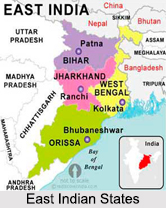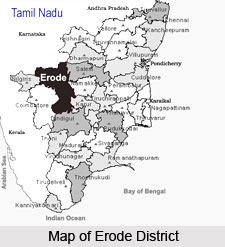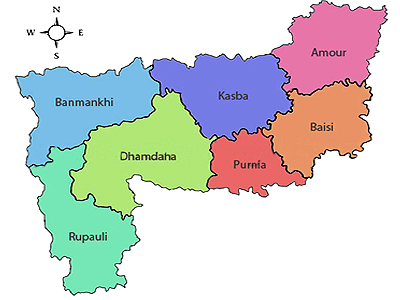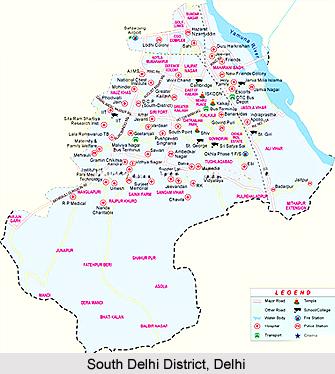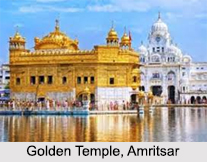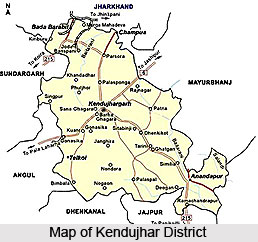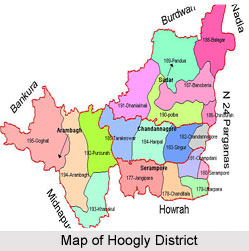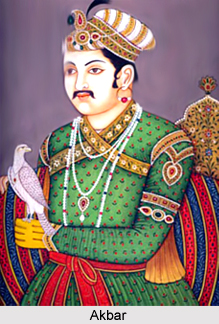 History of Bhojpur District states that this district came into existence in 1992. Previously, this district was a part of old Shahabad district. In the year 1972 Shahabad district was bifurcated into Bhojpur and Rohtas District.
History of Bhojpur District states that this district came into existence in 1992. Previously, this district was a part of old Shahabad district. In the year 1972 Shahabad district was bifurcated into Bhojpur and Rohtas District.
Historical evidences show that Bhojpur district has a close linkage with its parent district of Shahabad, which had an old and interesting history. History of Bhojpur District suggests that Arrah, the headquarters of the district derives its name from the Sanskrit word `Aranya`, which means forest. In the old days, Shahabad formed part of the ancient kingdom of Magadha which also included portions of Patna and Gaya district. Though included in the kingdom of Emperor Ashoka, absence of Buddhist monuments from a greater part of the district suggests that it remained almost immune from the Buddhist influence of the time.
Not much is known about the history of Bhojpur District after the fall of Gupta Empire. In all probability it declined and came under control of petty chieftains of aboriginal tribes. The most dominant people during this period were Chero tribes. They ruled over the greater portion of the district, which was followed by the Rajputs from Ujjain in the province of Malwa Plateau. Raja Bhoj of Bhojas was their king and the term `Bhojpur` was derived from his name.
Medieval period history of Bhojpur District describes that Babur proclaimed his sovereignty over Bihar in 1529 after his victory over the Afghan rulers. In commemoration of this event, the place was called Shahabad, which literally means `the city of Emperor`. Akbar, after his accession, included the district of Shahabad in his empire. However, the Rajas of Jagdishpur and Bhojpur defied the Mughals. The Raja of Bhojpur rebelled against Jahangir. After these events, the district had a very uneventful history till 1857 when Kunwar Singh revolted against the British rulers. In this way, the history of 1857, especially of Jagdishpur and Arrah of Bhojpur district is glorious.
Further, it is also stated that the history of `Quit India Movement` in 1942 is also written by the blood of the virtuous revolutionaries of Bhojpur District. As per the historical records, Shahabad District had also witnessed many protest movements against the British rulers.
